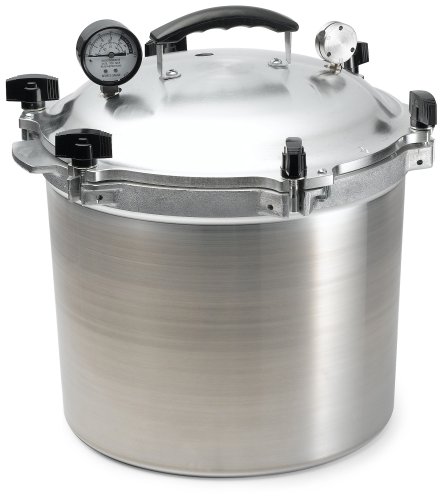Gordie
Well-Known Member
Ok. I've just finished reading everything I could find on the Closed System Pressurized Fermentation process and I'm not sure my Kung-Fu is quite there yet, but I'd be a happy monkey if I am able to simply move fermented wort with CO2.
So I am thinking that a sanke keg is my best option for upgrading my fermenters and would like people's thoughts on what I'm planning to do (ahem, Wortmonger, Poindexter, WBC...).
So my plan is to
(1) pump cooled wort into a sanke with the dip tube and spear assembly removed,
(2) re-attach the dip tube and spear and attach a modified tap with an airlock for fermentation,
(3) and then use a standard tap to move the wort out of primary once its done.
This would have the added benefit of letting me leave the sanke in my chest freezer throughout fermentation and I wouldn't break my back.
Also - is there an effective way to fill the sanke with the dip tube and spear assembly in place an also pitch yeast?
Finally - I'm also thinking I might be able to rack off the trub and harvest some yeast by simply pumping out the trub with CO2 and effectively secondary the wort in place a-la conical fermenters.
What am I missing (other than it will be hard to get all the trub out...)?
Gordie
So I am thinking that a sanke keg is my best option for upgrading my fermenters and would like people's thoughts on what I'm planning to do (ahem, Wortmonger, Poindexter, WBC...).
So my plan is to
(1) pump cooled wort into a sanke with the dip tube and spear assembly removed,
(2) re-attach the dip tube and spear and attach a modified tap with an airlock for fermentation,
(3) and then use a standard tap to move the wort out of primary once its done.
This would have the added benefit of letting me leave the sanke in my chest freezer throughout fermentation and I wouldn't break my back.
Also - is there an effective way to fill the sanke with the dip tube and spear assembly in place an also pitch yeast?
Finally - I'm also thinking I might be able to rack off the trub and harvest some yeast by simply pumping out the trub with CO2 and effectively secondary the wort in place a-la conical fermenters.
What am I missing (other than it will be hard to get all the trub out...)?
Gordie


 Gordie I would be happy to walk you through anything to do with fermenting in a Sanke keg, and you are on the right track.
Gordie I would be happy to walk you through anything to do with fermenting in a Sanke keg, and you are on the right track.




















![Craft A Brew - Safale S-04 Dry Yeast - Fermentis - English Ale Dry Yeast - For English and American Ales and Hard Apple Ciders - Ingredients for Home Brewing - Beer Making Supplies - [1 Pack]](https://m.media-amazon.com/images/I/41fVGNh6JfL._SL500_.jpg)


































